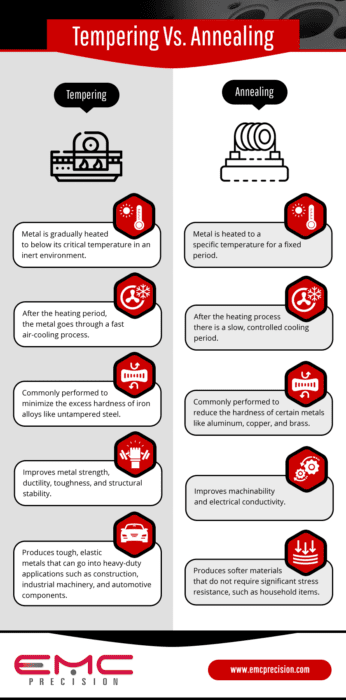EMC Precision Unveils $1 Million Renovation and Expansion Project
EMC Precision Unveils $1 Million Renovation and Expansion Project to Enhance Employee Experience
Elyria, Ohio, April 25, 2024 https://www.prweb.com/releases/emc-precision-unveils-1-million-renovation-and-expansion-project-to-enhance-employee-experience-302127266.html
EMC Precision, a trailblazer in precision machined products and assemblies, proudly announces the groundbreaking of its transformative $1 million renovation and addition project. This strategic initiative aligns seamlessly with our unwavering commitment to fostering an exceptional work environment for our valued employees.
Project Overview
The EMC Precision Renovation and Expansion Project encompasses several pivotal enhancements:
Five-Star Facilities: Our existing facility will undergo a comprehensive upgrade, elevating it to five-star standards. New restrooms and locker rooms will provide comfort and convenience, ensuring that our employees feel valued and well-cared for.
Multi-Purpose Gathering Space: The Training Center, now transformed, will serve as a versatile hub. It will house a modern lunchroom, a dynamic meeting space, and a welcoming gathering area. The covered outdoor patio will offer a serene escape for breaks and informal discussions.
CEO’s Vision: As CEO Jeff Ohlemacher aptly puts it, “It’s our desire to create a better environment for our employees. We want them to look forward to coming to work and be treated with five-star facilities. This project embodies that vision.”
Benefits and Impact
Employee Well-Being: The renovated spaces prioritize employee comfort, well-being, and satisfaction. We believe that when our team feels their best, they perform at their best.
Enhanced Collaboration: The multi-purpose gathering space encourages collaboration, creativity, and camaraderie. Whether it’s brainstorming sessions or team lunches, this area fosters connections.
Community Celebration: On May 3, 2024, we’ve invited esteemed guests, community leaders, and our dedicated team to join us for the official groundbreaking ceremony. Notable attendees include Jon Traut (Williams Brothers Builders), Rick Benos (The Arcus Group), Mary Ann Minnich (MAM Interiors), Kevin Brubaker (Mayor of Elyria), Jay Loesch (City of Elyria), Tony Gallo (Lorain County Chamber of Commerce), Mike Fitzpatrick (Manufacturing Works), Lisa Hutson (ONE Lorain County), and Dawn Calvert (City of Elyria).
About EMC Precision
Celebrating our 100th anniversary in 2025, EMC Precision has been synonymous with excellence. We specialize in high-complexity, close-tolerance precision machined parts and assemblies, serving diverse industries. Our unwavering commitment to building strong relationships, integrity, excellence, and innovation drives our success. Learn more at emcprecision.com.
Media Contact
Natalie Czayka EMC Precision1 844.362.2378 Natalie.Czayka@emcprecision.com https://emcprecision.com










